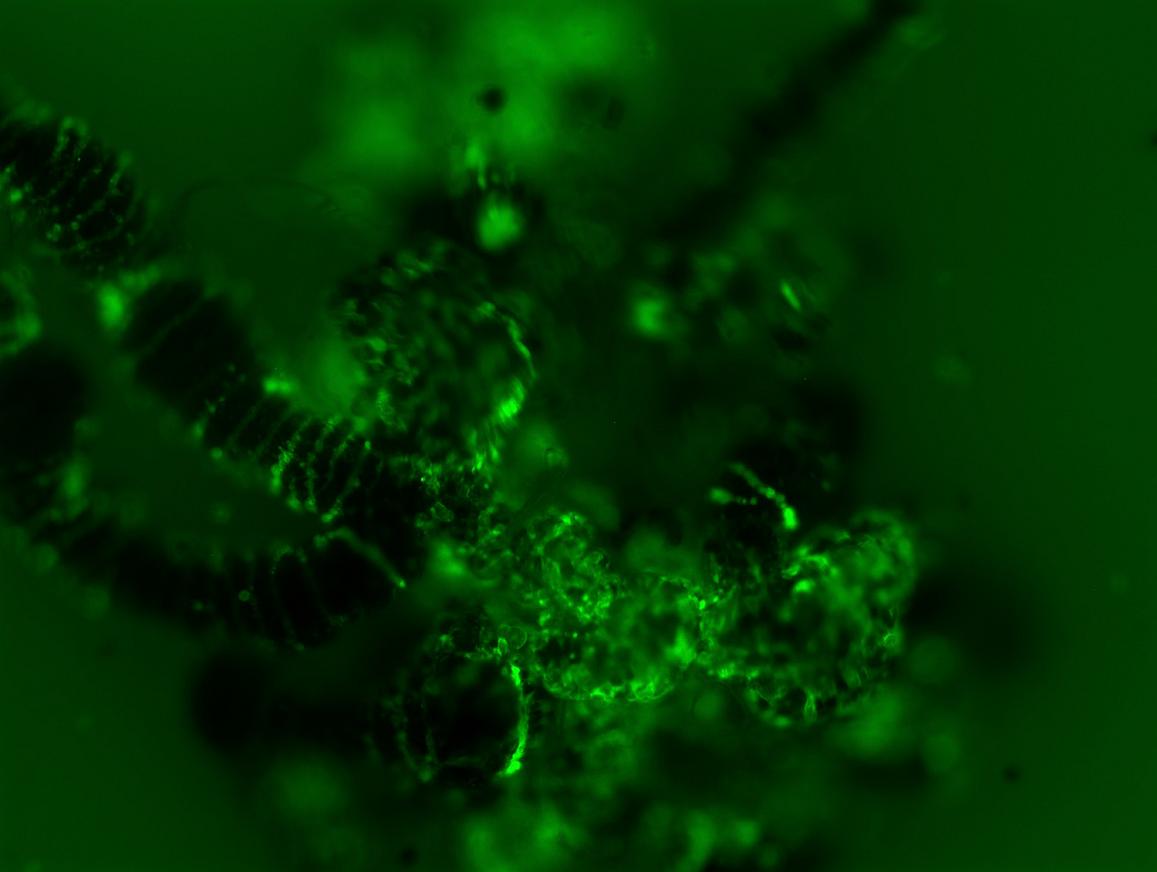Scientists develop infection model for tick-borne flaviviruses
National Institutes of Health scientists have filled a research gap by developing a laboratory model to study ticks that transmit flaviviruses, such as Powassan virus. Powassan virus was implicated in the death of a New York man earlier this year. The unusual model involves culturing organs taken from Ixodes scapularis ticks and then infecting those organ cultures with flaviviruses, according to researchers at Rocky Mountain Laboratories, part of NIH’s National Institute of Allergy and Infectious Diseases (NIAID). The researchers say the culture model will greatly increase knowledge about how flaviviruses infect ticks and could become a tool to evaluate medical countermeasures against tick-borne viruses.

Langat virus infection (bright green) in the tick midgut (black) is shown at six days after infection in this fluorescence image.
This page was last updated on Friday, January 21, 2022